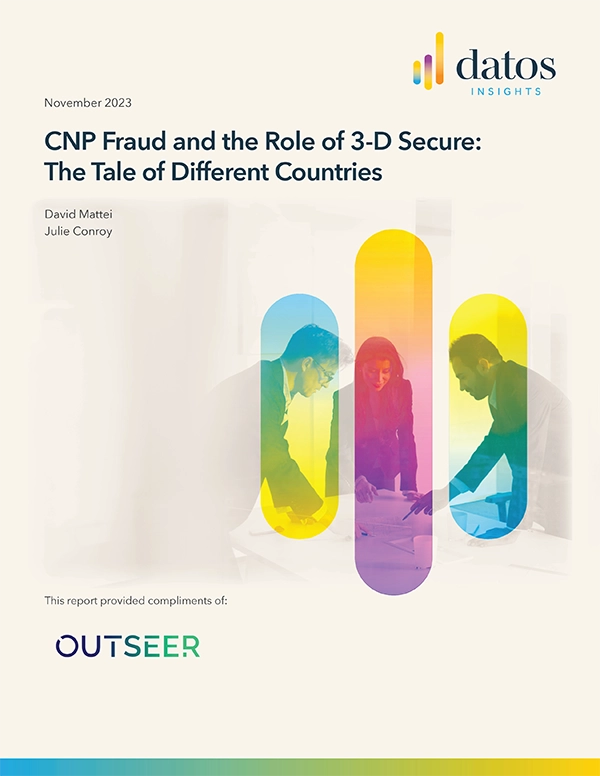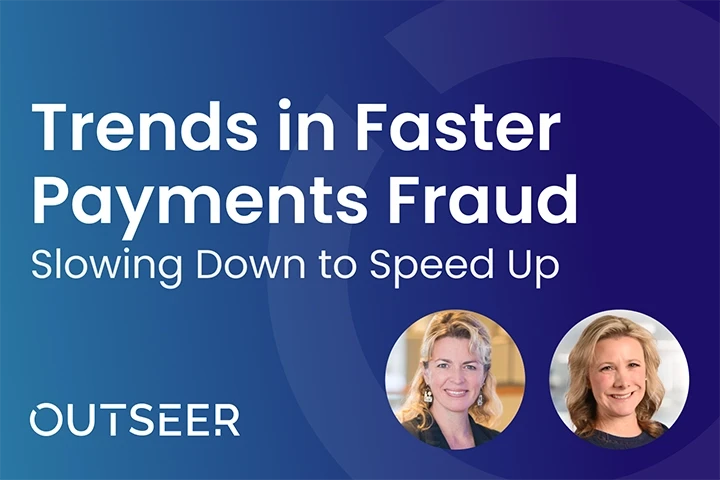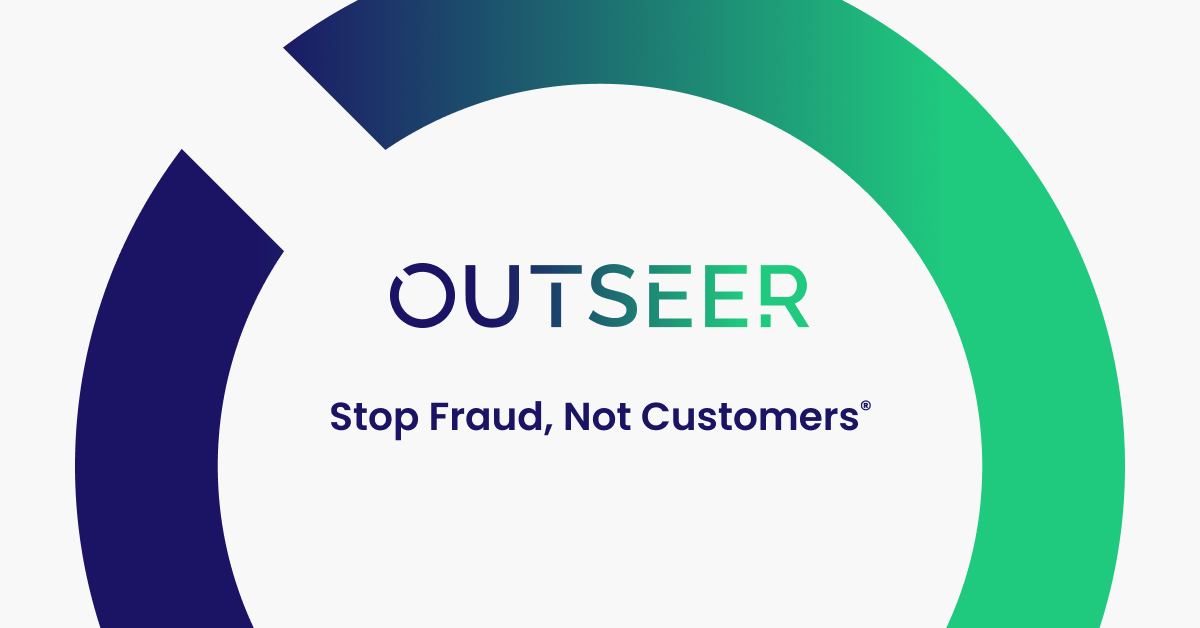Wondering about fraud management? We explain what fraud management is, how it works, and what solutions are available.
What Is Fraud Management?
Fraud management encompasses all methods of detecting and preventing fraud. This process involves identifying areas where fraud can occur, assessing your fraud risk tolerance, and deploying systems to prevent and mitigate fraud activities.
Fraud management is now more important than ever. As more financial transactions move to mobile and online channels, banks, credit card companies, payment processors and other organizations are faced with the challenge of ensuring those transactions are both legitimate and secure.
That’s because cybercriminal networks always follow the money—a notion that has led to an avalanche of phishing attacks, bogus mobile apps, authorized push payment rip-offs, Buy Now, Pay Later rackets, and countless other scams designed to fool consumers and businesses into revealing payment and login credentials. According to the Federal Trade Commission, consumer fraud losses jumped 79% in 2021. And the FBI reports that businesses lost $200 million more than the year before. And it’s getting worse.
Across all industries, card-not-present (CNP) fraud alone could lead to $17.3 billion in losses by 2023, according to the Aite-Novarica Group. Meanwhile, account takeover (ATO) contributes to as much as $16.9 billion in annual losses. And then there’s the use of stolen and synthetic identity data in account enrollment fraud, which is a $6 billion problemthe FBI calls one of the fastest-growing forms of financial crime today.
At the heart of it all: Impersonation. Sometimes called “brand exploitation,” “brand abuse,” or even “brand jacking,” cybercriminal impersonation of trusted businesses or individuals soared $274% during the first three quarters of 2001, and is implicated in nearly half (45%) of all cybercrimes worldwide.
With no signs of slowing down, organizations are turning to fraud management solutions to protect their brand, staff, and customers. Let’s explore the four most common types of fraud and what businesses are doing to protect themselves.
Fraud Management Strategies
To stop fraud, we first must understand what to look for. Below are the four most common types of fraud, how they work, and how you can prevent them in your fraud management strategy.
Fraud Management for E-Commerce Fraud
E-commerce fraud is a broad category of attacks that aims to defraud businesses by obtaining merchandise for free or disrupting sales from legitimate customers. With more businesses shifting their efforts to online retail, e-commerce fraud continues to gain popularity and take unsuspecting companies by surprise.
Below are a few common types of e-commerce:
- Card-Not-Present Fraud – The use of compromised credit card details to make unauthorized online or mobile purchases, often using automated bots
- Chargeback Fraud – Occurs when a customer makes a purchase with the intent of issuing a chargeback and keeping the product
- Friendly Fraud – Exactly like chargeback fraud, but is committed on accident when customers forget they made a purchase and facilitate a chargeback
- Automated Scalping – Scalpers use bots and other automated techniques to buy out the inventory and resell it at a higher price to legitimate customers
- Buy Now, Pay Later Fraud – Occurs when fraudsters open a line of credit with no intention of paying it back.
What can you do to prevent these types of payment fraud?
The most successful fraud management strategies include risk-based authentication (RBA) that leverages the EMV® 3-D Secure protocol, which has proven remarkably effective in detecting and preventing payment fraud.
Today’s most robust 3DS-based solutions, for instance, analyze more than 100 different risk indicators to silently authenticate customers before a transaction even occurs. This enables merchants, issuers, and banks to deliver a fast, friendly checkout experience to legitimate customers while blocking fraudsters at the door.
Organizations can set thresholds for different risk scores to reflect their fraud risk tolerance. Transactions deemed too risky are sent through a step-up verification process, while legitimate customers are left unimpacted.
Look for solutions that use artificial intelligence and machine learning to identify bots and bad actors. Unlike rule-based systems, artificial intelligence continuously uses new data to prevent fraud and adapts to new attacks, even when fraudsters change their tactics.
The leading options on the market leverage the same technologies to detect synthetic identities used for buy now, pay later scams and block bots used to scalp products or test stolen card information.
Fraud Management for Brand Abuse
Brand abuse remains one of the most popular forms of fraud due to its simplicity and effectiveness. Brand abusers impersonate trusted brands or individuals to trick employees, customers, suppliers, and others into clicking malicious links, entering their card information, and purchasing counterfeit goods.
For consumers who fall prey to these impersonations, the average loss is $1,000—though it can get much higher. When it’s a large business that’s victimized, these attacks can lead to an average $5 million in loss. When impersonation attacks lead to a data breach, it costs US-based companies another $9.05 million on average, per incident.
Get impersonated, and your brand could also take a hit to its reputation and revenue as your customers and prospects grow wary of your legitimate digital marketing campaigns and channels. According to Forrester, lost customer trust and even just heightened customer suspicion can reduce a company’s revenue by 10% to 25% for up to a year.
Below are a few common types of brand impersonation fraud:
- Phishing Messages – Fraudsters use email, social media, text messages, deepfake voices, and even Zoom meetings in their impersonation scams
- Phony Brand Mobile Apps – Attackers create malicious apps that impersonate a brand in order to steal data, display ads, and install malware
- Domain Spoofing – Fraudsters register domain names that look nearly identical to the real branded domain in order to trick visitors and send convincing phishing emails
- Fake Social Media Accounts – Attackers use fraudulent social media profiles and offers to fool users into costly mistakes
What can you do to prevent brand impersonation?
The best way to prevent and manage brand abuse fraud is to stop it before it can reach your customers. But manually patrolling the Internet for brand abuse is impractical and time-consuming.
Instead, organizations are advised to source fraud intelligence and takedown services that continuously monitor the web, app stores, and social media platforms 24/7 to detect and shut down phishing sites, fraudulent mobile apps, and phony social media pages used in brand impersonation schemes before they can cause serious financial and reputational damage.
Along with continuous brand monitoring, organizations should use an email gateway other solutions that analyze incoming email to prevent any phishing messages that do reach their servers from hitting employee inboxes. Conduct regular training inside your organization to raise awareness of phishing scams to minimize your risk.
Account Takeover Fraud Management
Account takeover (ATO) fraud is notoriously difficult to detect because fraudsters hijack legitimate accounts to carry out attacks. Fraudsters typically gain access to trusted accounts through data breaches and phishing attacks.
Once logged in, attackers use their privileged access to make fraudulent purchases, steal valuable information, add beneficiaries, and max out lines of credit. Up to 71.9% of e-commerce fraud was committed through trusted user accounts during the third quarter of 2021. These attacks can leave both customers and businesses blindsided if not prevented.
Below are a few common crimes perpetrated in account takeover:
- Changing Account Information – Attackers typically change account information to lock out customers and move money or products to the attacker
- Making Fraudulent Purchases – Fraudsters take advantage of saved credit card information to make purchases after they change the shipping address
- Maxing Out Credit Limits – Attackers max out accounts with Buy Now, Pay Later services to burn through their credit limits
- Steal Sensitive Information – Accounts can contain other information like social security numbers, bank and credit card details, phone numbers, and more that can be used in more advanced attacks or sold in dark web marketplaces
- Selling Stolen Accounts – Rather than using the hijacked accounts, some criminals sell them to other fraudsters to exploit at will
What can you do to prevent these types of fraud?
Unlike traditional password authentication, modern fraud management solutions leverage machine learning to detect account compromise by tracking behavioral norms for each user and watching for anomalous behaviors, devices, locations and other characteristics that could signal fraud. This technique allows companies to identify signs of an ATO and immediately block transactions.
When an account behaves in a way that is indicative of ATO fraud, that user is sent through a challenge flow that requires additional authentication. This extra step can be customized, but it usually comes in the form of one-time password sent via text, email, or authenticator app. When the challenge is complete, the login may proceed.
These systems don’t rely on passwords alone and only request step-up verification if the login is considered high risk.
Internal Fraud Management
Fraud doesn’t always come from outside the organization. Disgruntled staff, curious employees, and deadline-stressed managers might be tempted to commit fraud with their privileged access. Even the most close-knit of teams should have an internal fraud management solution.
Below are a few common types of internal fraud:
- Misappropriation of Funds – Embezzlement and mishandling of company finances are two common examples of misappropriation of funds
- Theft – Theft can include private data, company property, reward points, and cash
- Misuse of Company Assets – When staff use company property for personal gain it can be considered misuse
- Fraudulent Bookkeeping and Reporting – Managers may purposely misreport finances, assets, losses, and other company metrics to meet deadlines or hit goals
What can you do to prevent internal fraud?
The best way to manage internal fraud is to set up policies, detection systems, and assign team leaders to oversee anti-fraud measures. Start with identifying all systems that could be vulnerable to abuse. This could range from manipulating quarterly reporting to accessing a company printer for personal use.
Implement access controls as well as checks and balances for each system on your list. For example, wire transfers should require secondary authorization while company supplies should be secured and a formal mechanism in place for checking them out.
Finally, assign someone to oversee that these fraud management systems are working. Typically this task is assigned to the head of each department. The same solutions used to prevent account takeover can be leveraged to prevent and alert to internal fraud based on actions and behavior. These systems can also aid in case management during a fraud investigation.
In-House vs. Outsourced Fraud Management
Fraud management and prevention are complicated processes involving statistical analysis, data science, artificial intelligence, and machine learning. This is why many companies choose to partner with a trusted fraud prevention company.
In addition to fraud management expertise and cutting-edge technologies, market-leading providers also provide something nearly impossible for organizations to access on their own: globally-shared, cross-industry identity and transaction data. Without it, even organizations with sizable data sharing consortiums will find it nearly impossible to protect against rapidly-evolving fraud techniques.
What to Look for in Fraud Management Solutions
With so many fraud management solutions, finding the right one for you can feel daunting. While you’re searching keep in mind your overall goal and keep an eye out for a few of these key features:
- Frictionless Flow – Look for solutions that offer frictionless flow. This means their fraud prevention system only stops high-risk transactions, providing customers with a better experience and your company a higher conversion rate.
- Machine Learning – You’ll want a fraud management system that uses machine learning to adapt to the latest threats and accurately flag high-risk behavior. Machine learning is key for scaling and staying ahead of cybercriminals.
- Intelligence Network – Fraud prevention systems require a vast amount of data to accurately identify fraud. Make sure your fraud management system uses a vast network to gain the latest threat intelligence.
Stop Fraud in Its Tracks With Outseer
Through the power of machine learning, data science expertise, and our global data network of 6,000 contributing organizations in every sector and geography, Outseer delivers the best fraud protection in the industry. In fact, our anti-fraud solutions and services prevent 95% of all fraud loss, with intervention rates as low as 5%. Nobody else comes close.
By seeing what others can’t, we stop fraud long before an account is created or a transaction occurs. To learn how you can protect your customers through frictionless fraud management, request a free demo today.















